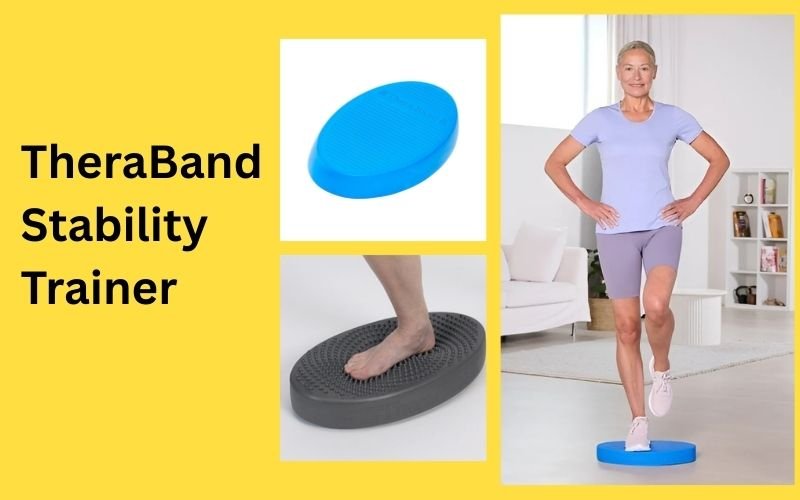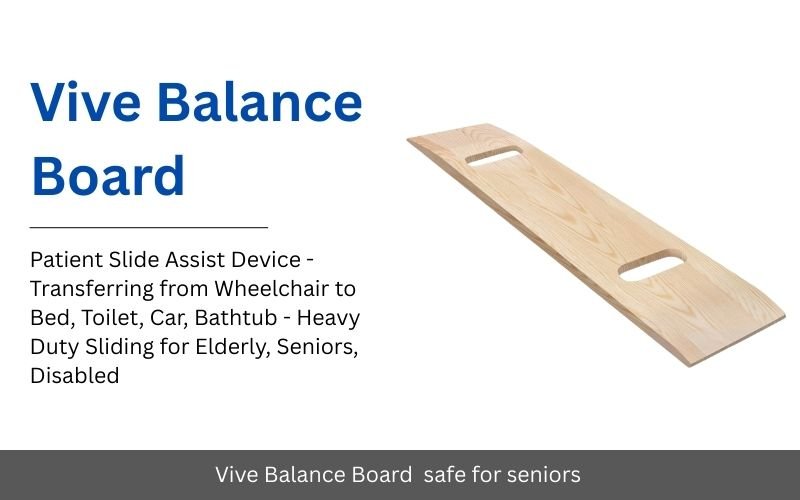Coordination Practice: Why Your Balance Training Isn’t Working
Do you struggle with unsteady movements, occasional dizziness, or fear of falling? You’re not alone. Many adults over 40 focus on coordination practice—yet unknowingly make mistakes that limit their progress or even increase injury risks.
The good news? Fixing these errors is easier than you think! In this guide, we’ll reveal:
✅ 5 critical mistakes (including #3, which most people don’t see coming).
✅ Simple fixes to make your coordination practice safer and more effective.
✅ 3 helpful tools to boost stability and confidence.
Let’s dive in—your steadier, stronger future starts today!
Mistake #1: Practicing on Hard, Uneven Surfaces (Hello, Slips!)
The Problem:
Standing on tile, hardwood, or carpet can make balance exercises riskier.
The Fix:
- Use a non-slip exercise mat for secure footing.
- The BalanceFrom GoYoga All-Purpose Exercise Mat provides cushioning and grip—perfect for stability drills.
Why It Matters: A proper mat reduces joint strain and prevents dangerous slips during your balance & coordination practice.
Mistake #2: Holding Onto Support Too Much (You’re Stronger Than You Think!)
The Problem:
Leaning heavily on chairs or walls prevents real progress.
The Fix:
- Gradually reduce support (start with fingertips, then one finger).
- Try single-leg stands near a counter (just in case!).
Pro Tip: Confidence builds with consistency—challenge yourself a little more each week!
Mistake #3: Not Challenging Your Balance Enough (The Shocking Truth!)
The Problem:
Sticking to easy exercises won’t improve coordination.

The Fix:
- Add instability with a TheraBand Stability Trainer.
- Start with slight wobbles, then increase difficulty.
Why It Works: This inflatable disc safely progresses your balance skills—no gym required!
Mistake #4: Skipping Eye & Head Movements (Big Missed Opportunity!)
The Problem:
Focusing only on feet ignores full-body coordination.
The Fix:
- Practice turning your head side-to-side during stands.
- Try balancing while tracking a slow-moving object (like a finger).
Science-Backed Benefit: These small tweaks sharpen reflexes and prevent dizziness.
Other Recommended Articles:
Warning: Stop Stretching Your Wrists Wrong! 3 Mobility Moves That Actually Work
Stop Panic Attacks! 3 Powerful Breathing Exercises for Calm That Actually Work
Mistake #5: Rushing Through Exercises (Slow = Steady = Strong!)
The Problem:
Fast movements sacrifice control and safety.

The Fix:
- Count 3 seconds per movement (e.g., lifting a leg).
- Use a Vive Balance Board to practice controlled wobbles.
Pro Tip: Slower exercises build deeper muscle memory for real-world stability.
Bonus: 3 Must-Have Tools for Better Balance & Coordination
- BalanceFrom GoYoga Mat – Safe, cushioned foundation for all exercises.
- TheraBand Stability Trainer – Progressively challenges your balance.
- Vive Balance Board – Improves reaction time with fun, low-impact wobbles.

FAQs (Your Balance Questions, Answered!)
Q: How often should I practice balance exercises?
A: 3–5 times weekly for steady improvement. Even 5–10 minutes daily helps!
Q: Can I do these if I have vertigo?
A: Yes! Start seated or with support. The Vive Balance Board includes vertigo-friendly routines.
Q: Do I need special equipment?
A: Not required, but tools like the stability trainer make progress faster and safer.
Final Thoughts: Small Changes, Big Stability Gains
Better balance isn’t about drastic overhauls—it’s about fixing that hold you back. By avoiding these 5 mistakes, you’ll build confidence and move through life with steadier steps.
Ready to take the next step? Try adding a balance mat or stability trainer to your routine—your future self will thank you!
Affiliate Link Placement
- Mistake #1 Fix: “The BalanceFrom GoYoga Mat provides the secure surface you need.”
- Mistake #3 Fix: “Challenge yourself safely with the TheraBand Stability Trainer.”
- Mistake #5 Fix: “The Vive Balance Board trains control and reaction time.”
- Bonus Section: Unbiased roundup of all three.




